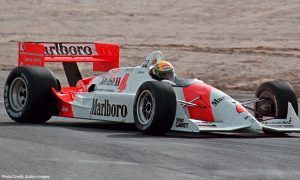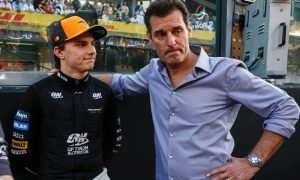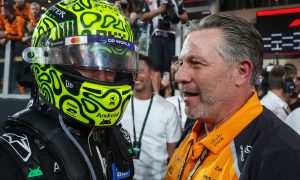
Sky F1’s Martin Brundle has had it with Formula 1’s grid penalty regulations, insisting the current rules related to engine changes are “unacceptable” and put the sport in a bad light.
Last weekend at Monza, no less than nine drivers whose teams had opted to introduce new power unit elements were positioned out of sync on Sunday’s grid relative to their qualifying performance.
Among the top six qualifiers, only Ferrari poleman Charles Leclerc and Mercedes’ George Russell, weren’t hit with grid demotions, with championship leader Max Verstappen, Carlos Sainz, Sergio Perez and Lewis Hamilton all being dropped a number of spots relative to the severity of their engine changes.
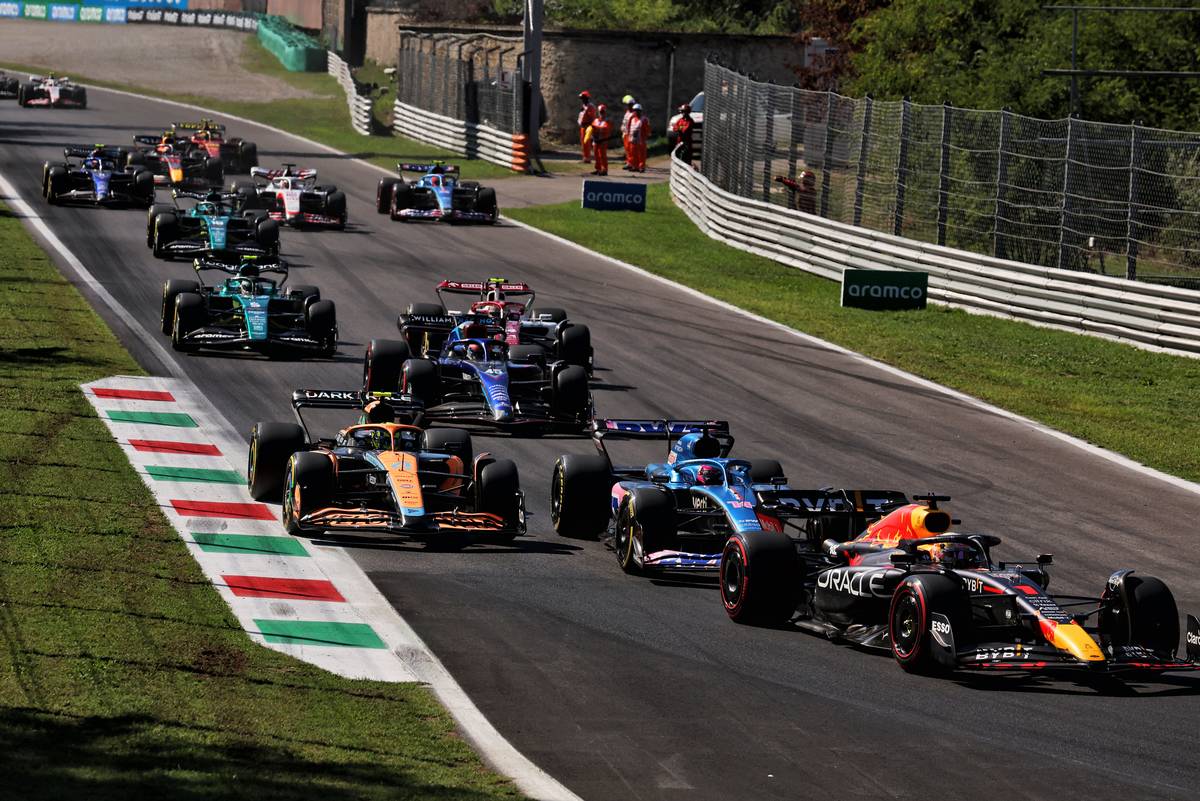 rs choosing to, or mostly forced to, take penalties for new power unit components and other misdemeanours, for the second time in three races the grid didn't remotely represent the qualifying order,” wrote Brundle in his Italian Grand Prix debrief column for Sky Sports.
rs choosing to, or mostly forced to, take penalties for new power unit components and other misdemeanours, for the second time in three races the grid didn't remotely represent the qualifying order,” wrote Brundle in his Italian Grand Prix debrief column for Sky Sports.
“This is an unacceptable situation because when the fans turn up trackside or switch on their TV sets to watch qualifying, they should reasonably expect that they're watching the race grid being formed.
“Instead, we waited for several hours for the tortuous and complex process of how penalties were applied.”
While Brundle criticized the current system, the former Grand Prix driver suggested a few ideas on how the sport could fix the issue in the future while keeping a strict limit on power unit element usage.
“We need solutions here because this is a bad look for F1,” added Brundle.
“The initial concept is necessary to stop teams throwing new power units and ancillaries at their cars.
“Options might include simply giving each driver more power units per season, applying an in-race penalty such as a pitlane drive through to be taken at some point in the race, or giving the teams commensurate financial and championship points pain rather than the drivers having to carry the burden through no fault of their own.”
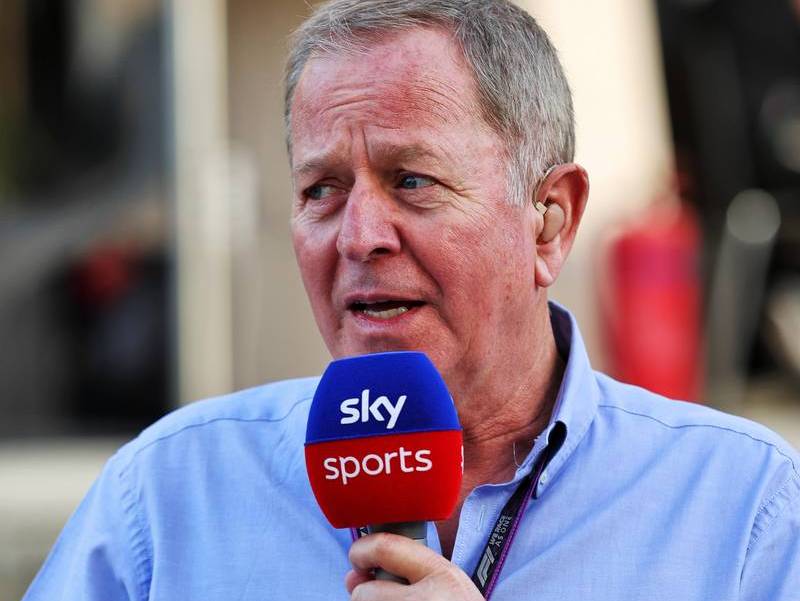
With a 24-race 2023 season sitting on the horizon, Brundle warns that the grid penalty conundrum will only get worse if a solution isn’t found.
“A mixed up grid can make for an interesting race observing drivers making their way through the field, but better still is when the six cars with a realistic chance of winning the race are wheel to wheel in the correct grid places,” said the Briton.
“With 24 races next season and either three or six Sprint races, F1 clearly needs to get the regulatory allocation of power units and sporting regulations sorted out.
“In the multi-billion dollar world of F1 it looks ridiculous that the teams appear to be short of engines, which of course they're not.”
Keep up to date with all the F1 news via Facebook and Twitter



